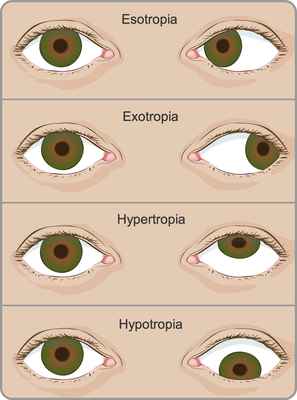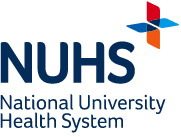A child with a squint needs a full eye checkup. This may take time as young children are often uncooperative and may need to be sedated.
Treatment may include a combination of patching, eye glasses, eye drops, eye exercises, and surgery. Treatment using the spectacles to correct any refractive errors may help some types of squint, but to be effective the spectacles must be worn most of the time. As children often resist, the responsibility falls to the parents to make sure they wear their spectacles constantly.
Any lazy eye must be treated. The most effective method is to cover the good eye with a patch so that the child is forced to use the lazy eye. Adequate treatment of lazy eye improves the results of surgery.
Lastly, the eyes must be straightened to improve the appearance and to allow the child to use both eyes together, done usually by surgery. Surgery is only recommended if patching or eye glasses do not work.
How Is squint surgery performed?
Squint surgery is an operation on the muscles that move the eye. Strabismus surgery involves tightening the weak muscles and/or loosening the stronger ones so that the eyes are positioned better. Special absorbable stitches will hold the eye muscles in their new position. The surgeon will not cut the skin around the eye, take the eye out of its socket, or use any lasers during the operation. Sometimes both eyes need to be operated upon but this provides hardly any risk to the eye.
What are the risks of surgery?
This is a minor operation. As such, life-threatening or blinding complications are very rare. Children will undergo general anaesthesia and be asleep throughout the surgery, but this is very safe if your child is healthy. Sometimes double vision may occur after the operation, but this usually recovers without treatment after a few months.
How long will my child take to get well?
Your child's surgery will usually be performed as a day surgery. He/she will be admitted in the morning and will be allowed home on the same day after the operation. After discharge from the hospital, the next appointment will usually be on the next day, and again within one week. There is little or no pain after the operation and the eye is not patched, allowing the child to return to normal study and play after a few days. Swimming should be avoided for a month.


















